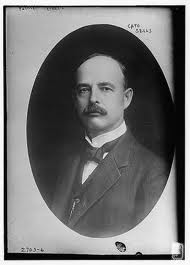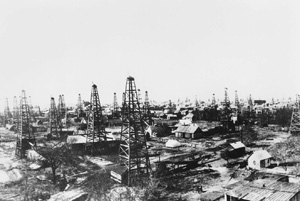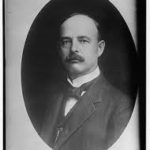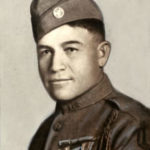The Bureau of Indian Affairs expanded over time, as many other government offices did. In its 1913 report to Congress, the Commissioner of Indian Affairs (Cato Sells) noted that the Indian Office had received 77,000 letters in 1902 and employed 132 people, but had received 209,000 letters and had employed 227 people by 1911. The commissioner presented his office in the most positive light as he highlighted the strides and failures of the past few years.
He specifically discussed the discovery of petroleum in Indian Territory. In a special report about petroleum in 1902, the Census Bureau had barely noted the existence of 13 wells there. The land was occupied by the Five Civilized Tribes, though the Secretary of the Interior had authority over it through the Curtis Act of 1898. By 1912, Oklahoma was second among oil-producing states, and pumped out almost one-fifth of all the petroleum produced in the U.S.
The wealth represented by Oklahoma’s oil consequently focused greedy attention on the Indians who were supposed to benefit from it. The next post will continue this topic.
________________________________________________________________________









thank you I appreciate it.
Kelly
Hi Kelly,
Sometimes records are available from these hospitals and sometimes not. The first thing to do is check to see if the hospital still exists–it may have changed its name along the way. If it’s still operating, call whoever is the hospital’s public contact and explain what you want. If that isn’t helpful or the hospital no longer exists, you can perhaps ask a local librarian about Oklahoma’s state archives. Normally. quite a bit of material about state-run institutions ends up in a state or county archive. Superintendents had to make reports to their commissions or boards, and sometimes you can find some names. Another source might be a genealogist who knows where to access those kinds of records. Almost anyone knowledgeable would be happy to point you in the right direction, but unfortunately, records can be difficult to dig up. If you have an approximate date for your grandmother’s death, the local paper might have mentioned it, or the town’s library might have a file on the institution.
I hope this helps.
Hi I am just trying to find a list of patients at the mental hospital in Enid Oklhoma in the 1920’s. I believe my great grandmother who disappeared in 1920 was take there and just need help knowing where to look. We have researched to no avail and would really like to know if she passed in the asylum or where. Thank you for any help